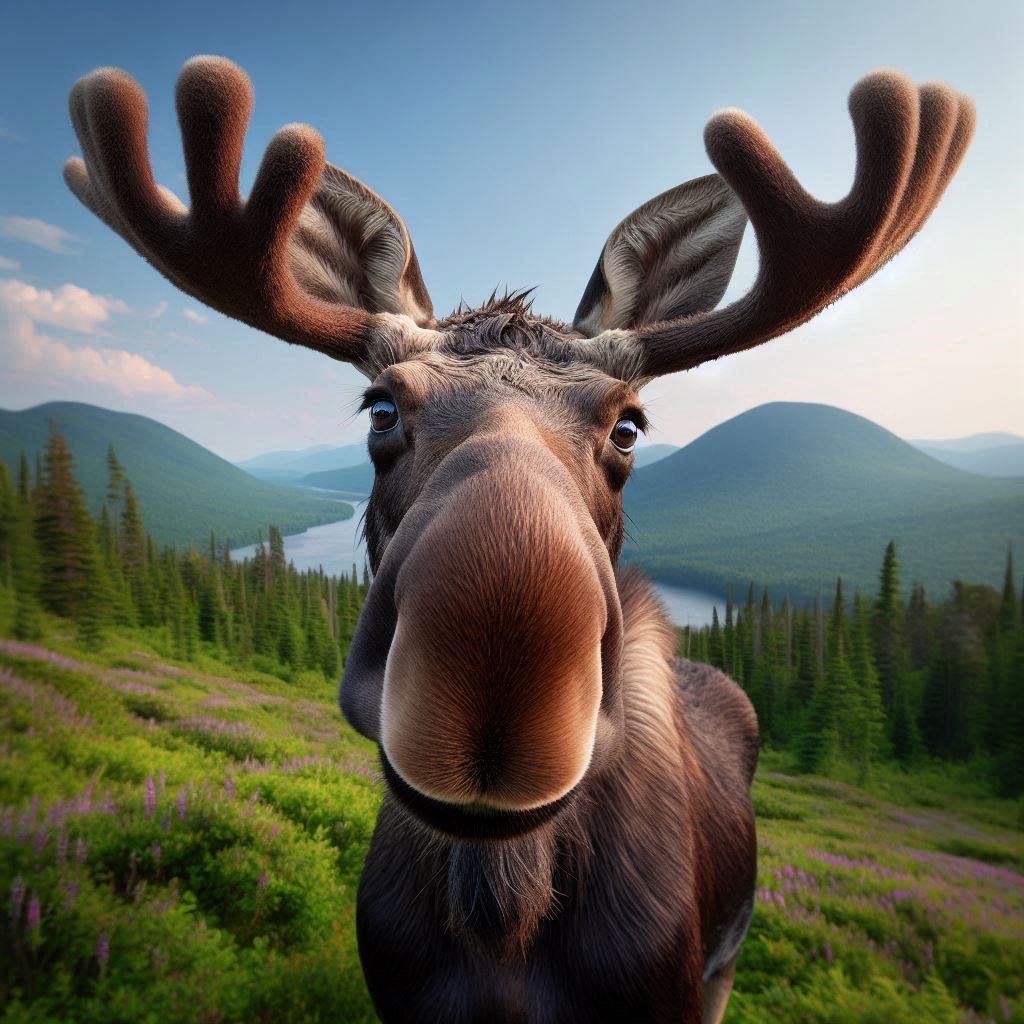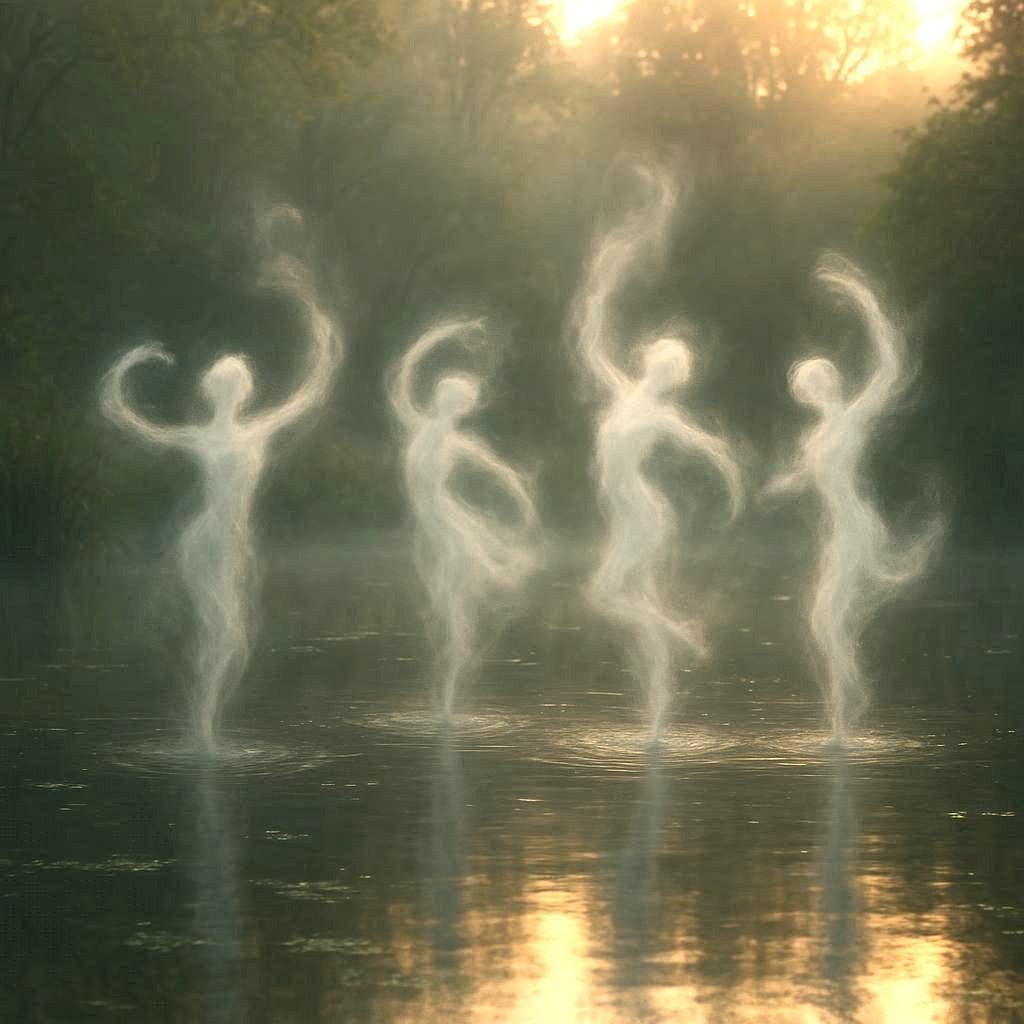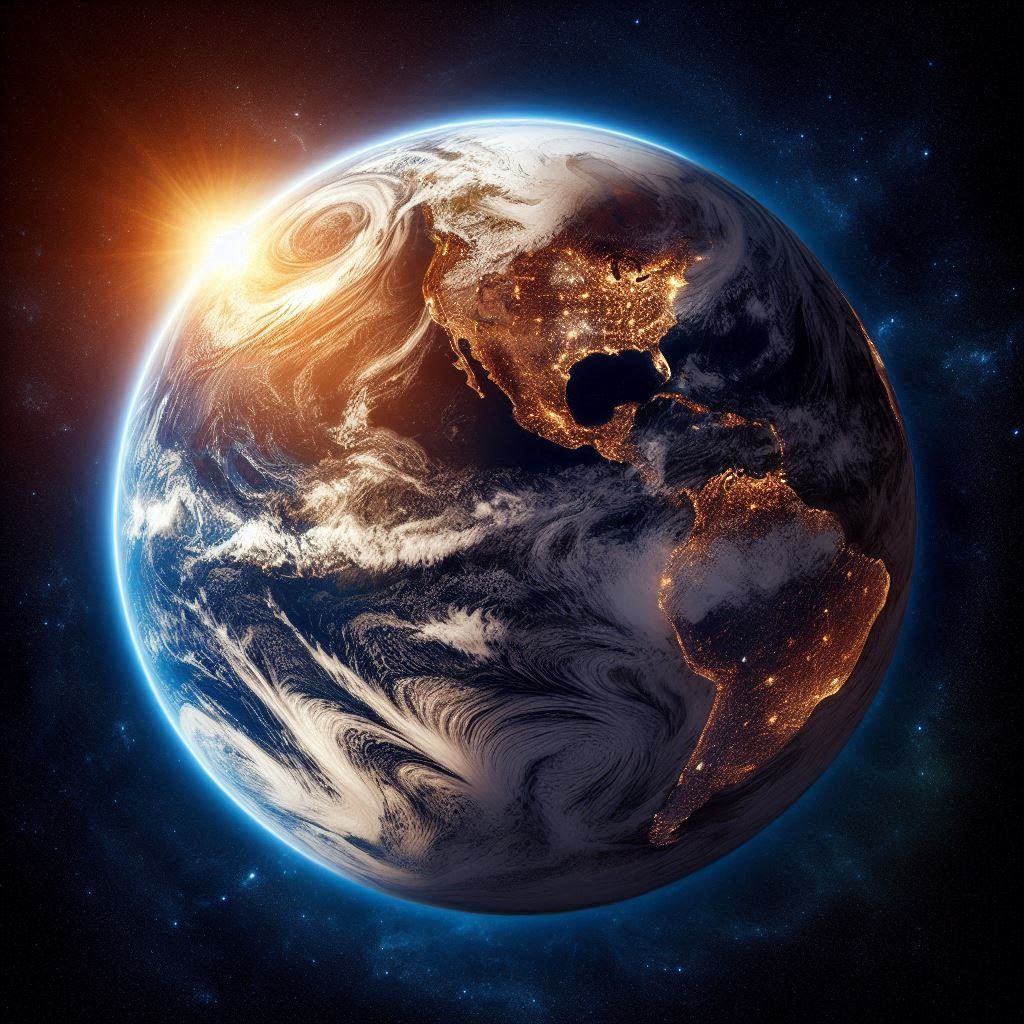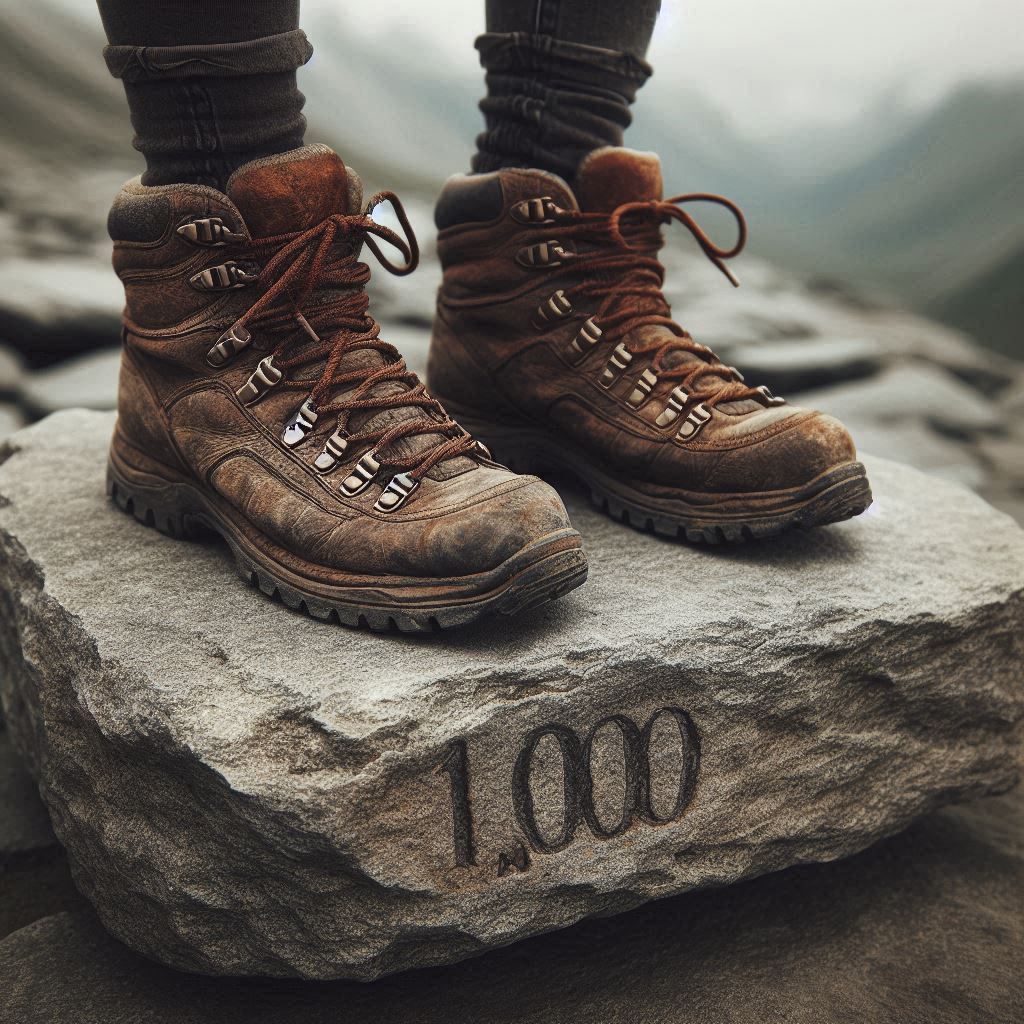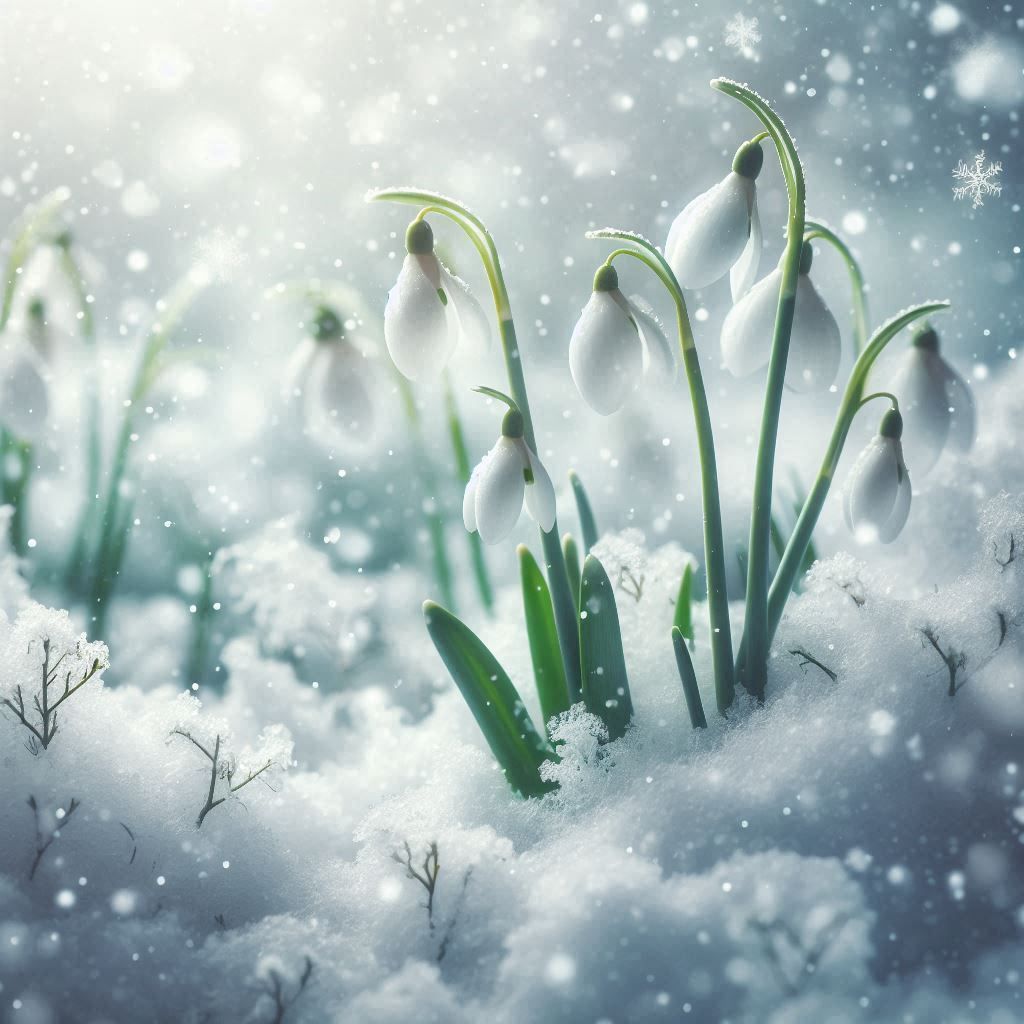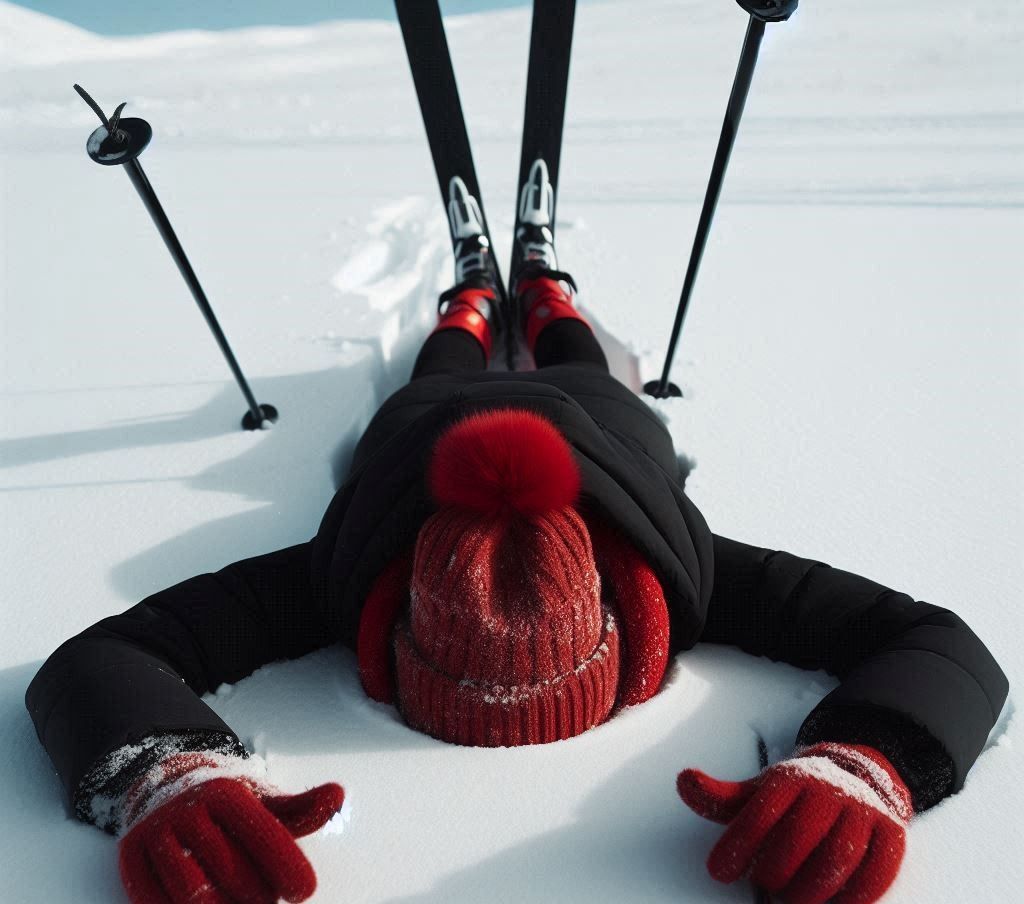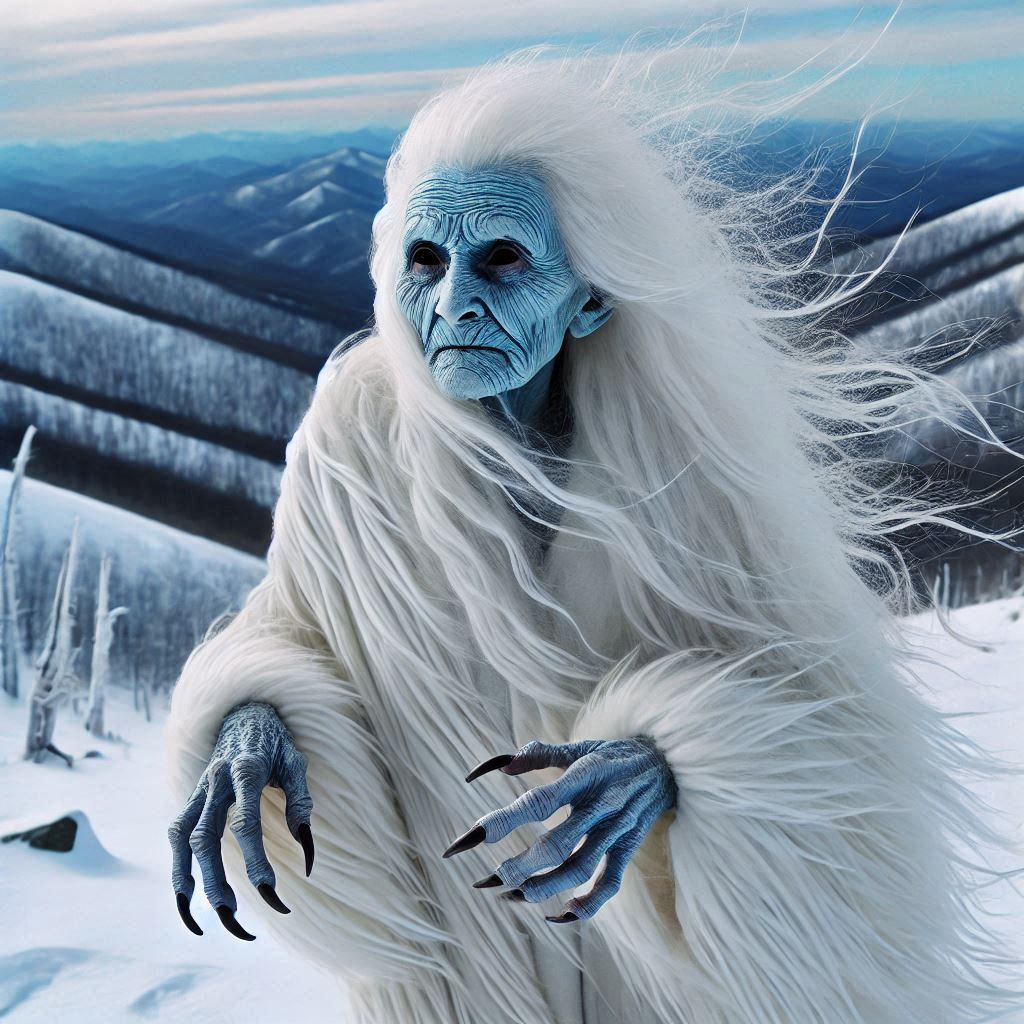Backyards
Backyard Reports are spreading like wildfire here. Started a few years ago by a Quaker (aka Friend) in the Pennsylvania highlands of Appalachia where I live, a Backyard Report is a written description of the natural wonders that exist near the report’s author.
The idea came to the Friend from a DJ on a New Jersey radio station. Once a week, the DJ would broadcast his latest Backyard Report and then invite his audience to give their own Backyard Reports. The Friend was inspired, and she shared her inspiration with her Meeting. (Meeting is a gathering of worshippers in the Quaker tradition.)
As luck would have it, the Friend’s spark of brilliance caught and grew from there. Now backyard reporters include not only Meeting members and attendees, but people outside Meeting too. There are even contributors who live elsewhere in the United States, as well as those who live in other countries. As Quaker worship is open to all, so is Friends’ backyard reporting.
Some Backyard Reports are from real backyards. However, since this is a rural area and many of us, including this backyard reporter, do not have what meets the literal definition of a backyard, Backyard Reports can and do cover any ground within plain sight. In my case, this includes Lightfall Hollow’s road, woods, and creek, along with my home’s gardens, pond, and sparse splotches of weedy grass that might pass for lawns, provided one is not at all picky about what a lawn should be.
As for those writers who are traveling when their muse comes to call, their Backyard Reports relate whatever Mother Nature is then showing off within easy view of their roving.
My own Backyard Reports have ranged from the reappearance of a whippoorwill in the hollow one evening to the daily morning scuffles between two city pigeons I observed while visiting my son in Brooklyn. I have written a few other Backyard Reports, but not a great many. Yet, they are important to me. Mainly because they have helped heighten my awareness of the countless wonders that are ever wherever I happen to be.
Equally extraordinary, this exhilarating expansion of consciousness has grown to include more than the natural wonders that are always in proximity. It also includes the constant, close wonders of humankind. Although I love to travel, Backyard Reports have taught me I need not go far to broaden my horizons. Limitless exploration, discovery, and personal growth can all be found right in my own backyard.
One backyard I have recently been scouting for wonder is the Pennsylvania state park a few miles from my home. Shawnee State Park contains approximately four thousand acres. It was named for Shawnee Creek, the stream that flowed through what is now the park’s center and was damned in 1951 to create the four-hundred-fifty-acre recreational lake that has been open to the public ever since for swimming, fishing, and boating.
Delightful to me is that the little baby creek, Tadg Run, that bounces through the hollow and past my cabin, entertaining me 24/7 with his gurgles, babbles, and giggles, has Shawnee Lake as the first destination on his long passage. Upon arrival at Shawnee, Tadg enters the lake via a “finger.” Which is nice. I imagine the little baby creek reaching for the lake’s finger like a human baby would make a grab for a person’s finger. (The Palmer Grasp Reflex, present in human newborns, encourages exploration of the unknown. Conceivably, an innate message that a voyage of discovery makes for a life well-lived.)
The travels of Tadg may begin with a hop, skip, and a jump to Shawnee Lake, but they sure do not end there. After the little one is picked up by the lake, his waters are carried through a downstream floodplain controlled by a dam outflow. Now borne in the arms of the Shawnee Branch and subsequently, the Raystown Branch, together the three tributaries join up with the Juniata River. The Juniata River then unites with the Susquehanna River, which couples with the Chesapeake Bay, the largest estuary in the United States, the water of which ultimately merges with the Atlantic Ocean.
Whew! That is one serious odyssey for a little baby creek. I’m just glad Tadg Run is in good, powerful company during his adventures as he journeys home to become one with something bigger and even more enamoring than himself.
While Shawnee Lake is at best medium-sized when compared to other lakes, it is tops when it comes to being picturesque. Not only is it nestled in the buxom Allegheny Mountains, but adding to the lake’s visual appeal is that it is not a simple oval or round body of water, but more attractively has the appearance of three, irregularly shaped ones connected by small channels. A couple of small, forested islands in the waters’ midst gives Shawnee Lake a romantic air, making it even more alluring.
The Shawnee Creek that created Shawnee Lake had been named for the Shawnee Native Americans who, after being forced from their land by invading Iroquois Confederation tribes and European settlers, migrated to, or at least through the area. Shawanese Cabins is said to have been their village, very near or perhaps even within today’s Shawnee State Park. My research sources vary on the exact location, as well as to whether Shawanese Cabins was an actual Shawnee settlement. Possibly, it was a European colony, only named such because of the Shawnees’ historical presence in the area.
What is certain is that, in 1758, during the French and Indian War, the troops of British Army officer Brigadier-General John Forbes marched through the park’s boundaries. The soldiers were en route to fight the French at Fort Duquesne, located in what is now Point State Park in Downtown Pittsburgh. Along the way, they built Forbes Road as a relatively quick and safe route through what was then Pennsylvania’s unbroken Appalachian wilderness, including the Ridge and Valley Province of the Allegheny Mountains where Shawnee State Park is located.
Interestingly, it is said that General Forbes ordered the construction of his road, not only to provide his army with a more direct route with fewer difficult river crossings than the alternative, more southern route of Braddock’s Road, but also to give Pennsylvanians an advantage for land claims to the Ohio Country that lay west. What is more, in doing so, General Forbes thwarted the Virginian land speculators a young Colonel George Washington favored. So it could be the construction of Forbes Road was additionally an act of rivalry, or maybe even retribution, since Forbes and Washington were competitors regularly at odds concerning military matters.
Meaning it is feasible that what Forbes did for Pennsylvanians with his road was not entirely cool. But at least from all I have been able to gather, the two officers engaged in their clashes without irresponsibly spewing out in an embarrassingly undignified manner the hateful insults, threats, and name calling that have become so common among leaders of all types today. Though Washington wrote multiple letters to the Virginia House of Burgesses expressing strong disapproval and criticism of Forbes’ chosen route, he never once resorted to maligning Forbes on a personal level. As for Forbes, the very worst he said about Washington was that it was “a shame for any officer to be concerned in” provincial interests.
How refreshingly restrained. Obviously spoken by a refined, self-assured, and self-controlled adult. If only some of our current kingfish would follow in Forbes and Washington’s footsteps and grow up.
It is further said that, if not for General Forbes and his road, the British may never have gained control of Fort Duquesne and therefore of any territory west of the Alleghenies. Consequently, the United States as we now know it would not have been formed.
However, I am skeptical that is true. Because a battle between the British and the French at Fort Duquesne never happened. By November of 1758, when Forbes’ army was about to reach Fort Duquesne, the French there were in terrible shape. They had been abandoned by the Native Americans who had allied with them and were down to a small garrison. Their supplies had dangerously dwindled, and the fort was literally falling apart. Although I know nothing of military strategies, it is apparent to even me there was no way the French could have come up with a winning plan to successfully defend their fort. They must have felt the same because, rather than surrender Fort Duquesne to the British, they set it afire and fled north to Canada.
In place of the destroyed Fort Duquesne, the British built their own fort. Which General Forbes named Fort Pitt in honor of William Pitt, the British Secretary of State and future Prime Minister who had ordered the Forbes Expedition. Similarly, Forbes gave the surrounding settlement the name it still bears today, Pittsburgh.
It is interesting too to note that General Forbes only stayed a week at the site of his army’s victory, um, as it were. He was deathly ill and had been during the entire expedition with what is now presumed to have been stomach cancer. Most of the expedition, he was physically unable to travel along with his troops and followed behind, sometimes by as much as several weeks. Less than four months after reaching the burnt ruins of Fort Duquesne and assigning British monikers to the area, General Forbes died.
Nonetheless, Forbes did get his road built, and remnants of that road can still be walked in Shawnee State Park. Still, it should not be forgotten the remains of Forbes Road in the park were previously stretches of the Raystown Path, a Native American travel route used by Shawnee and Delaware tribes well before Forbes’ army ever laid eyes on the Allegheny Mountains and had to figure out how to cross them.
Nor should it be forgotten that the Shawnee and Delaware people were probably not the first to walk the Raystown Path. Although there is no conclusive evidence that the trail was blazed by other, more ancient tribes of Native Americans, within several miles of Shawnee State Park, there are archaeological sites that indicate there were indigenous people present in the region as far back as nine thousand years ago. It is plausible then that the sections of the Raystown Path that were widened and improved to be incorporated into Forbes Road have existed for millenniums. After all, who more than indigenous people would know the best route through the challenging terrain presented by the long, parallel steep ridges and deep valleys of the Allegheny region? Who but its original natives would have had such intimate knowledge of the land that was their homeland first?
In any case, Forbes Road is a national treasure important to our American heritage, and I consider it a privilege to walk at least a bit of it in Shawnee State Park. It gives me goose bumps when I take that relic of a path where I am never alone. For alongside me walk generations upon generations of forebears whose lives laid the groundwork for my own life and who left behind a storied past for the valuable learning right in my own backyard.
I have been visiting Shawnee State Park since I was a little girl. During the summer months when we were in the hollow at my father’s hunting camp turned family cottage, I used to beg my mother to go swimming at the lake. I have vivid memories of sitting on the cottage’s front porch, eyes glued to the thermometer that hung there on a rusty nail, hoping and praying its red line would stop being so poky and fly up to seventy because seventy was the temperature my mother believed warm enough to allow me to swim.
In those days, the half-acre, spring-fed pond my father and uncle built in the hollow was only a few years old with silvery-green water and no muck. As such, it was available and much handier for my swimming pleasure than Shawnee Lake, and I frequently did take advantage of the swimming hole that was then for me just a short walk down the road. In fact, I learned to swim in that pond. And on it, to ice skate. And now that pond is my actual backyard.
Because of the pond’s initial color of silvern green when I was a child, I named her Emerald. Today though, through most of the year, Emerald’s color is that of mud. It is only in the early spring the jewel-like green with the silver sheen reappears, and Emerald is young again. Nonetheless, like with numerous trees here in the hollow, Emerald and I have grown old and muddied together. So I appreciate her and am content in her presence.
But when I was a little girl, to swim in big Shawnee Lake with its real sand beach and concession stand full of exotic treats, like cherry Popsicles, Nutty Buddies, Laffy Taffy, and Pixie Stix, well, in my innocence, that was high living. To my little eyes, Emerald just could not compete. So, I would beg my mother to take me swimming at Shawnee Lake and curse the porch thermometer for moving at such an agonizingly slow pace.
Those were the days when Shawnee State Park was often crowded. On particularly hot days, my father and uncle used to drive to the park in the early morning to save our family a picnic table. They would wait there and play cards until we arrived. Because otherwise, by the time a packed lunch was prepared and kids were rounded up and dressed in swimsuits, every single one of the many picnic tables generously scattered throughout the park would have been taken.
Not so now. Yet, the park is still enjoyed by many picnickers, as well as campers, boaters, anglers, including those who winter ice fish, together with swimmers and hikers like me. No doubt in large measure because the park is meticulously kept, thanks to the rangers employed by Pennsylvania’s Department of Conservation and Natural Resources (DCNR). They do an outstanding job creating and maintaining a safe, pleasurable, and wondrous environment for Shawnee’s myriad of visitors.
The picnic tables, food grills, pavilions, benches, and swing sets are in good repair. The various restrooms are clean, and the beach’s bathhouse and concession stand have been modernized. Grassy areas are neatly mowed, and all the grounds are trash-free. Garbage cans and plastic bags for dog waste are provided. With home being so close, I have never camped at Shawnee, but I have heard good things about its campsites, cottages, yurts, and lodge.
What I do have personal experience with are the hiking trails. Over the past year or so, I have walked every single one on numerous occasions, and every time, each has been in excellent condition. Not to mention well-patrolled. It is not uncommon to come across rangers on the trails. They are always courteous, friendly, and solicitous. I am so thankful for all their hard work.
Truth be told, I cannot think of a more valuable public servant than a park, forest, or wildlife refuge ranger. They are the caretakers of the public lands that epitomize America’s rich natural history, majestic beauty, and abundant biodiversity. Rangers are also educators with a huge wealth of knowledge and sage counsel concerning the natural world. On top of that, they are first responders for any emergency that occurs in their area of responsibility, including forest fires and the rescue of lost and/or injured people. Rangers in general are so dedicated that, if need be, they will put their own lives at risk to protect others.
Although I did not have this experience at Shawnee, I remember well how looked out for and safe I felt when I walked with a ranger a few years ago on a winter waterfall ice hike in Pennsylvania’s Ricketts Glen State Park. The hike is mostly on a steep trail of stone steps covered in thick ice that goes past twenty-two frozen waterfalls. At the park’s insistence, anyone wishing to make the hike must be accompanied by an approved guide. Which is wise. Only the day before I took the ice hike at Ricketts Glen, a woman fell and died attempting something similar at Pennsylvania’s Glen Onoko Falls. Tragically, she did not have a guide.
True, my guide the day I accomplished the waterfall ice hike was not a Ricketts Glen ranger. Rather, he was a winter staff member of an outdoor adventure service. However, for the other seasons of the year, he was a ranger at South Dakota’s Wind Cave National Park. So, although he was not in the role of ranger during our hike, it was obvious he embodied the defensive, caring, and vigilant qualities that are typical of the ranger community. Rangers are brave, mindful souls who evidently have a passion for preserving life, whether it be that of Mother Nature or the likes of me.
Going back to Shawnee State Park, its most popular hiking trail is the one I have been walking since I was a young adult. The Lake Shore Trail goes around a large part of Shawnee Lake. It is a wide, easy, mostly gravel, sometimes paved three-and-a-half scenic miles that is perfect for a leisurely ramble. I often walk there, and if the weather is good, there are usually a fair number of other people doing the same thing.
But recently I have been venturing off the Lake Shore Trail’s well-beaten path to explore the park’s other, less travelled trails. Which is how I got to know the Forbes, along with several more trails I had never walked before.
From the Field Trail with its wide variety of wildflowers, butterflies, and birds to the Felton Trail with its regenerating grove of baby hemlocks and white pines to the Colvin Trail with its end at an historic covered bridge to an unnamed trail with its wizened, but enduringly enchanting hemlock forest, each holds amazing discoveries. And Shawnee has other intriguing trails too. All free for the exploring.
I have discovered a bounty of wonder in Shawnee State Park. Leading me to believe that everyone should have such a park right in their own backyard. In other words, nearby and conveniently accessible. Like with Shawnee and all of Pennsylvania’s state parks, as well as most of America’s national parks, there should be no fee charged for day use. While I agree not all public lands should be open to the masses, those public lands that are “open” should be precisely that.
Since the designation of Yellowstone in 1872 as America’s first national park and Niagara Falls in 1885 as our first state park, national and state parks, along with other public lands have productively served we the people, playing a significant role in enriching human lives and well-being. They uplift the spirit and do a body good.
Not a false claim on my part. Science backs me up. Research shows the natural world has a positive impact on mental and physical health.
Then there is the biophilia hypothesis. It proposes our species has a genetic affinity for all living things that is also a predisposition to seek connections with the natural world. This predisposition stems at least partially from a subconscious realization that human survival depends upon nature.
Add to the preceding the proven phenomenon that humans have an inborn desire for and appreciation of beauty, and it is no wonder that, for the approximately century and a half since the parks at Yellowstone and Niagara Falls were established, national and state parks have remained hugely popular with the vast majority of U.S. citizens. So much so that many of us have at least one visit to a particular park on their bucket list. (For me, it was Glacier National Park in Montana. Luckily, I got there. It did not disappoint.)
Our public lands are both our heritage and our legacy. They have been here long before us. They, along with all Earth’s lands and waters are life’s foundation, upon which all life is built, and if there is any environmental justice at all in this world, they will be here long after we are gone for future generations to cherish and gain by as we have.
The farcical treasures of the elite cannot even come close to trumping their majesty. Even the most extravagant opulence cannot outclass their grandeur. No amount of gilding can upstage their magnificence. Nature’s God-given riches reign supreme.
So my conclusion is obvious. Our public lands and their rangers, they make America great.
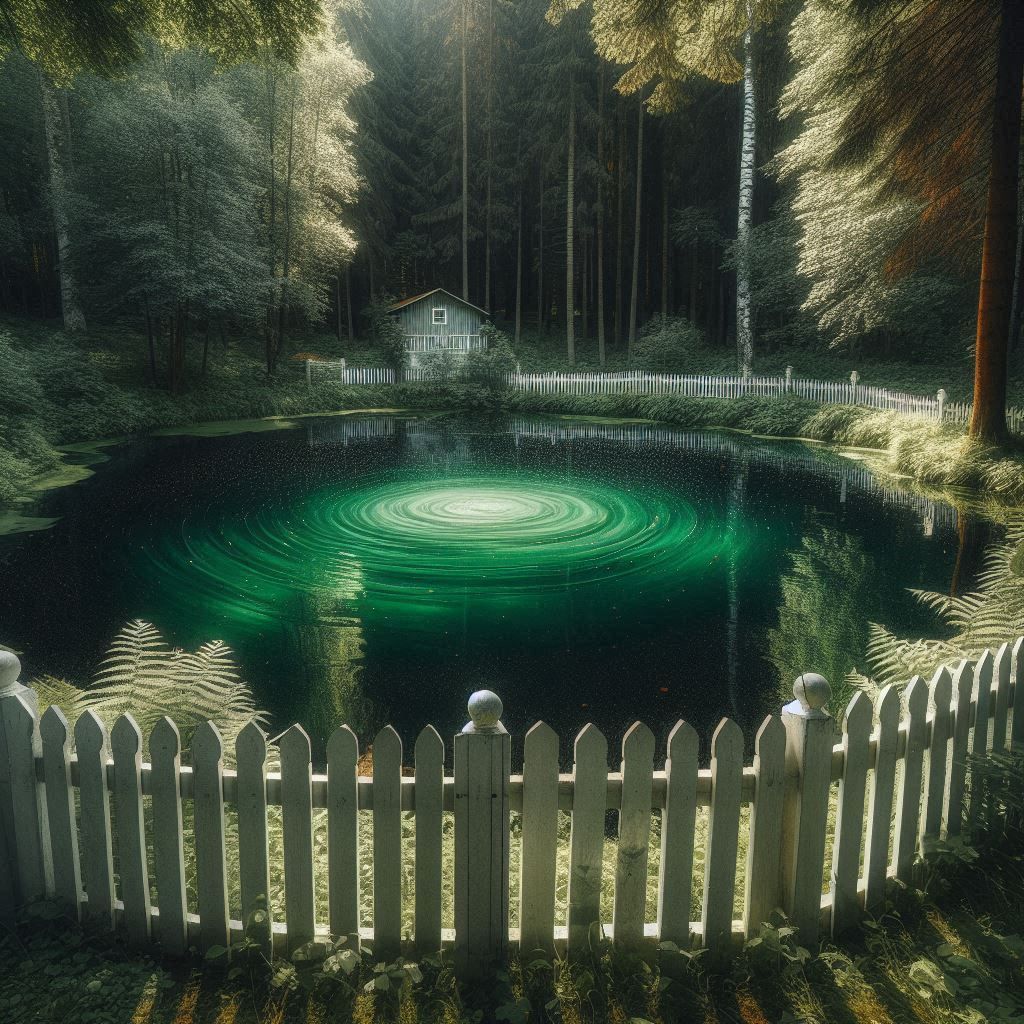
Credit: Bing Image Generator
Share this post via
